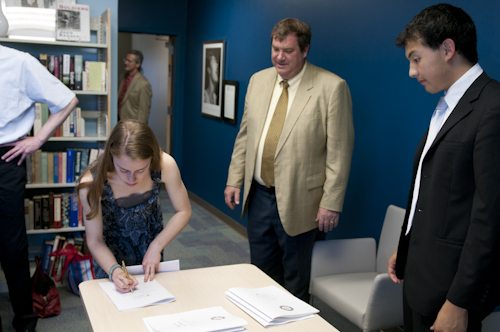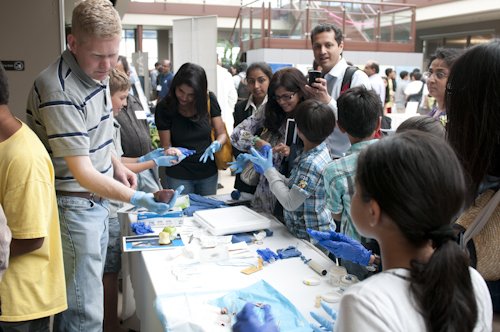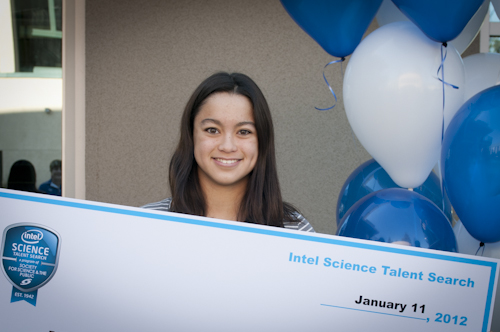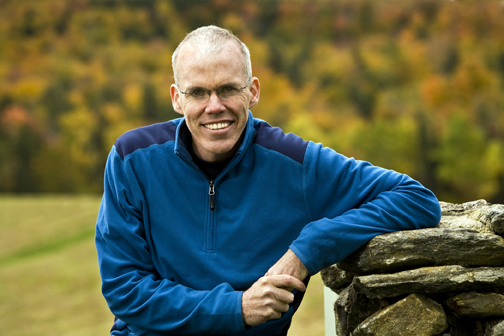Endowments Create Scholarship: Charter Schools, Vietnam, WWII and Nuclear Strategy Examined by Mitra and Near Scholars
The Mitra Family Endowment, established last year, has borne its first fruit. Sarah Howells, grade 12 and the first Mitra Scholar, added her effort…



